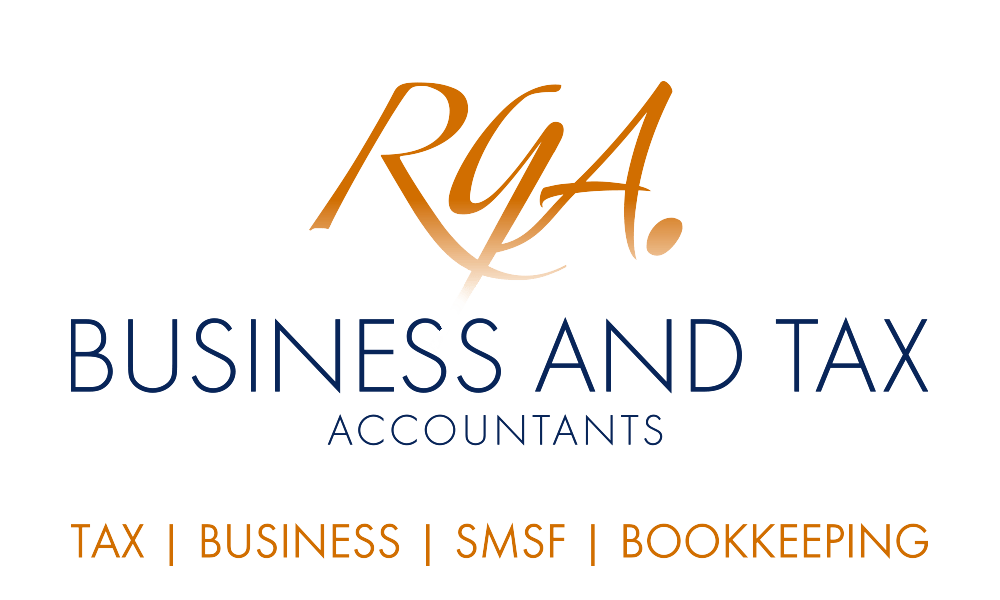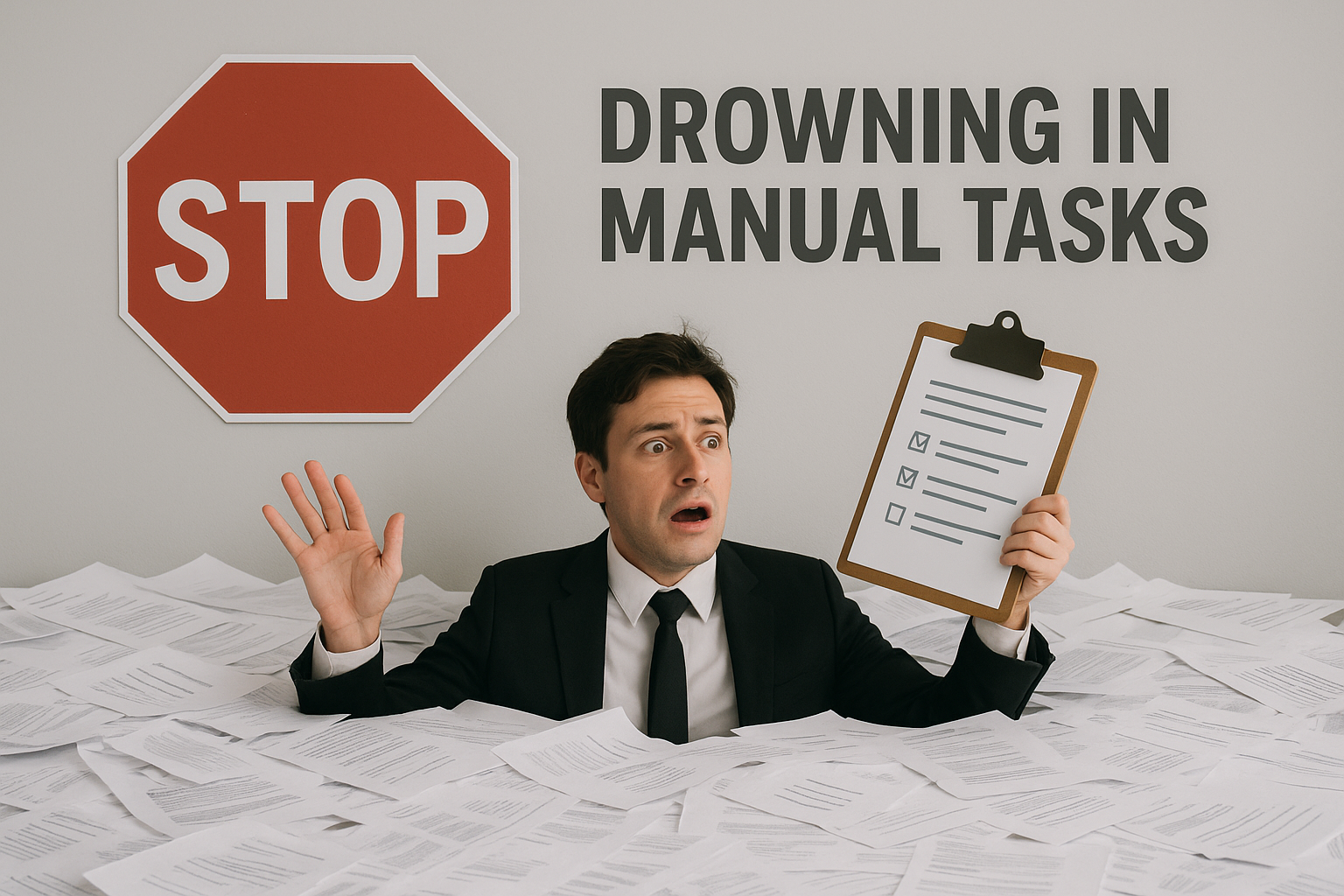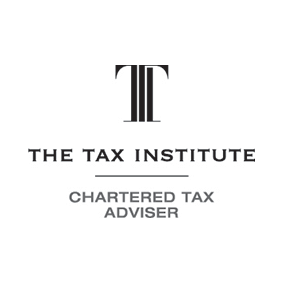The Productivity Commission's recent report on Australia's superannuation system reveals some concerning weaknesses in the APRA-regulated funds sector – particularly for millions of member accounts in "MySuper" default funds. It also identifies three areas of concern for SMSFs. The report should prompt all Australians to assess whether they currently have the right superannuation arrangements in place for their circumstances.
The release of the much-anticipated report comes as Australia debates the merits of raising the compulsory superannuation rate, scheduled to increase from the current rate of 9.5% of workers' earnings to 12% by 2025–2026. Given the size of the industry and the importance of superannuation to our standard of living, a well-functioning superannuation system is vital. Here we outline some of the Commission's key concerns about the current system's performance.
While funds have, on average, performed well, the Commission finds there is significant variation in investment performance across funds, leading to poor outcomes for some Australians. Over 5 million member accounts are in funds experiencing "serial underperformance".
To illustrate the problem, the Commission notes that a full-time worker, whose superannuation fund is in the bottom quartile, could retire with a balance 54% (or $660,000) lower than if they experienced returns of the top quartile. Concerningly, lack of competitive pressure in the default fund (MySuper) market means poorly performing funds are not being weeded out, creating an "unlucky lottery" for workers who may end up in one of these employer-nominated funds.
The Commission is also concerned that many Australians still have multiple superannuation accounts – paying multiple fees and often multiple insurance premiums – and this significantly erodes their savings. In some cases, members are even paying for duplicate income protection insurance policies where they will only ever be eligible to claim on one policy.
Access to information and quality of advice is another area of concern. While there is plenty of choice in the market, even financially literate members sometimes struggle to choose a superannuation product that's right for them because it is difficult to access good information.
To address these issues, the Commission recommends the following changes, among others: reforming the process of signing members up to default products; more regulatory accountability for providers of default products ; and giving consumers easy-to-understand information.
What does the report say about SMSFs?
The Commission identifies three key areas of concern for SMSFs:
- Small SMSFs: While large SMSFs perform similarly to APRA-regulated funds, SMSFs with under $500,000 in assets perform "significantly worse", on average.
- Advice: The Commission identifies a need to improve SMSF advice, and recommends specialist training for persons providing advice to set up an SMSF.
- Limited recourse borrowing arrangements (LRBAs): Around 7% of SMSFs have an LRBA to purchase an asset. While the low level of borrowing in the sector means there is currently no "material systemic risk", the Commission recommends active monitoring of SMSF borrowing to ensure it does not generate systemic risks in future.
Planning your superannuation
The Commission's report highlights the need to ensure you have the best superannuation product in place for your circumstances. Contact us if you have any questions about the report or wish to discuss your superannuation arrangements.
© Copyright 2019. All rights reserved. Source: Thomson Reuters. IMPORTANT: This communication is factual only and does not constitute financial advice. Please consult a licensed financial planner for advice tailored to your financial circumstances . Brought to you by Robert Goodman Accountants.










